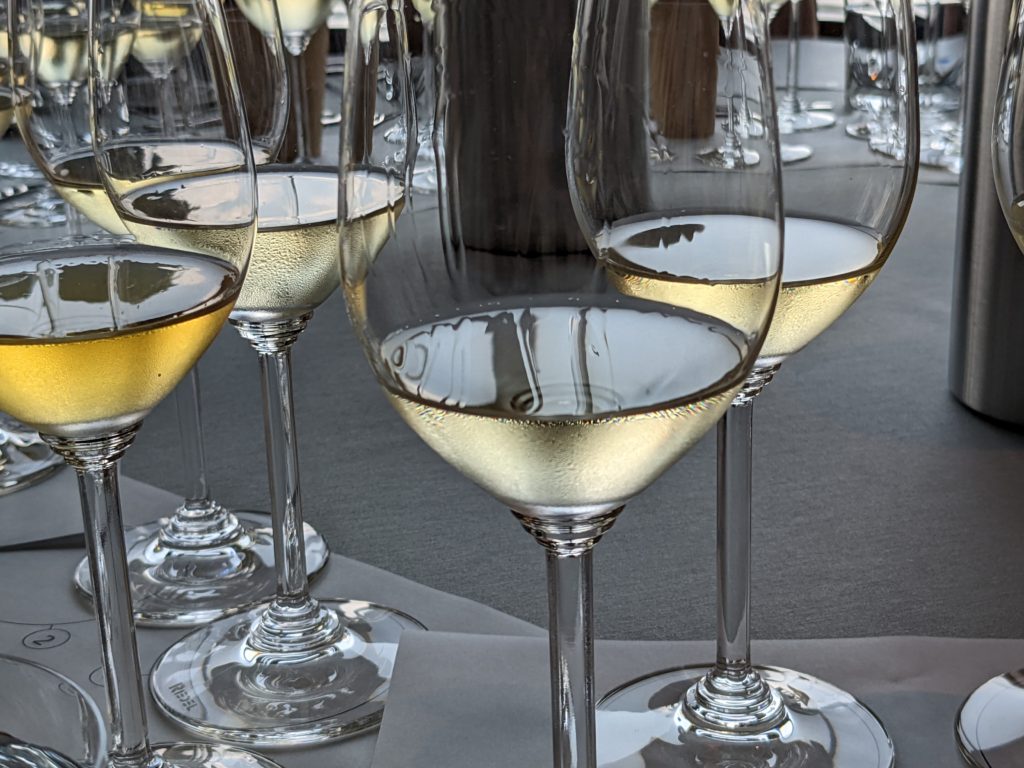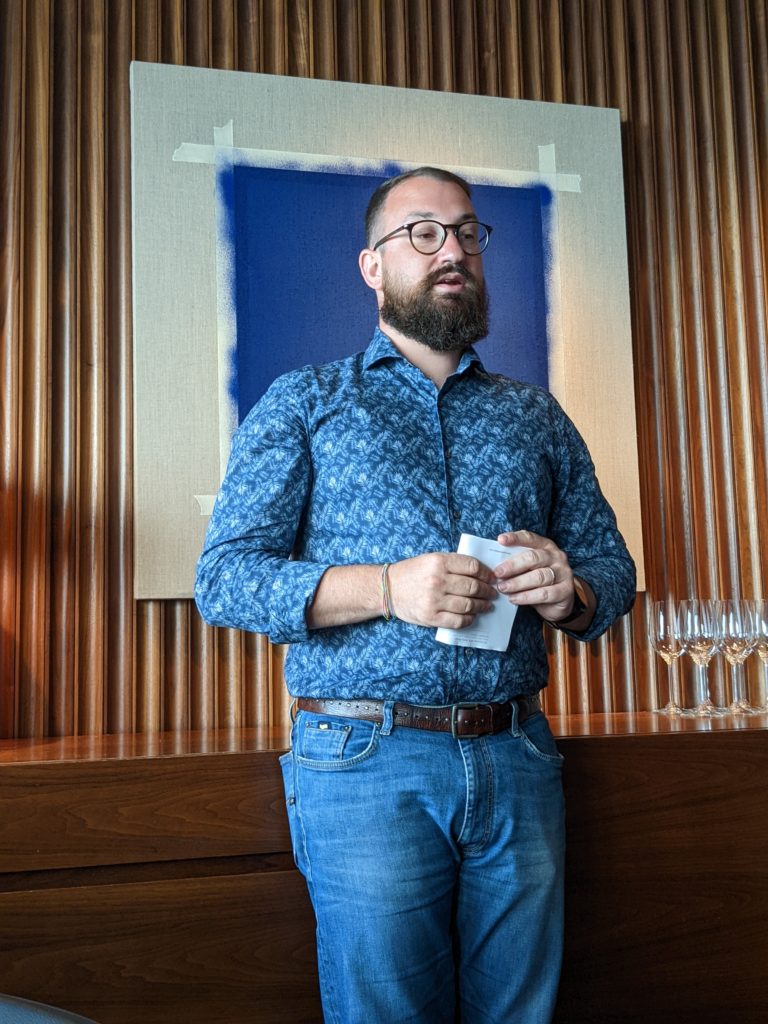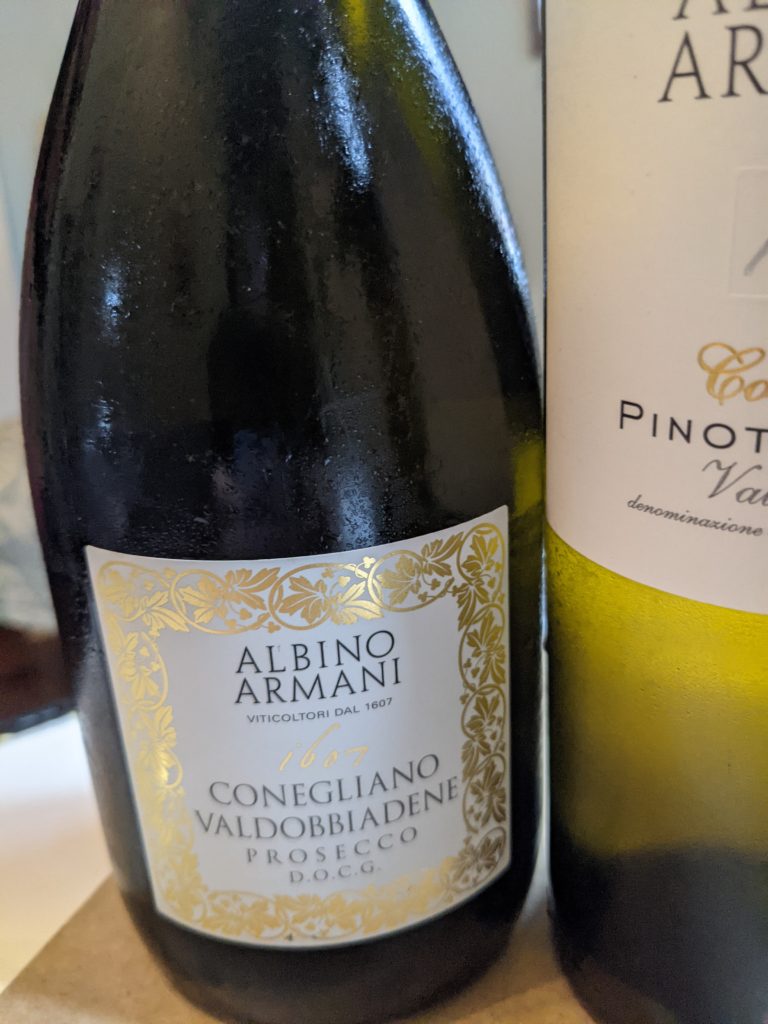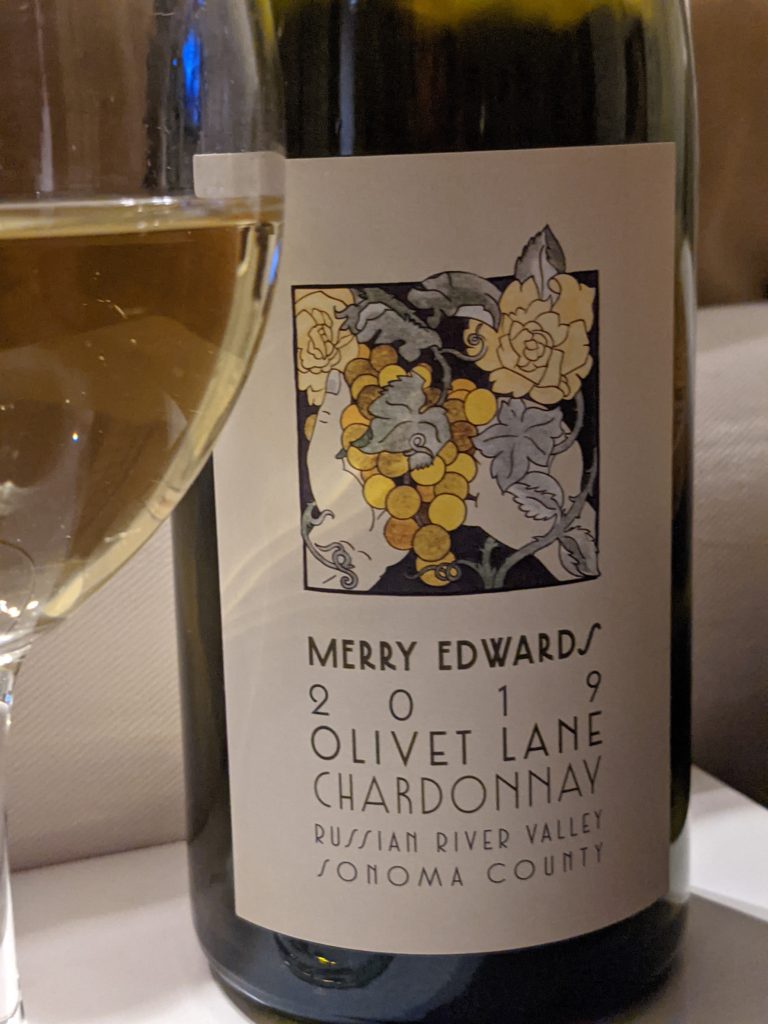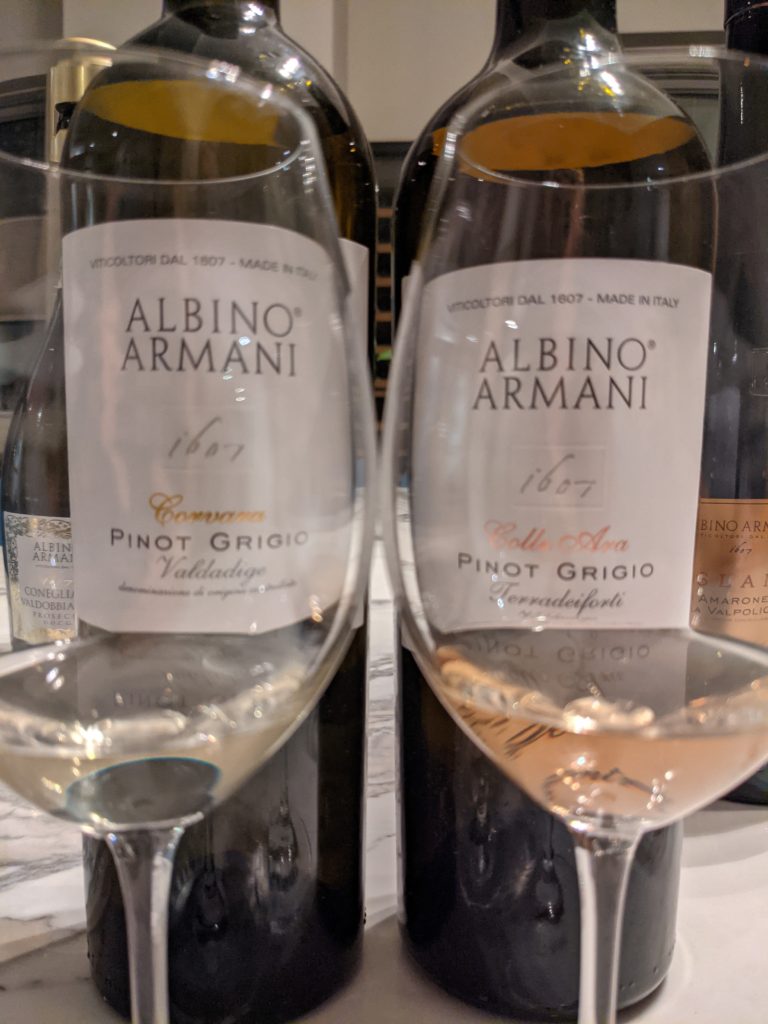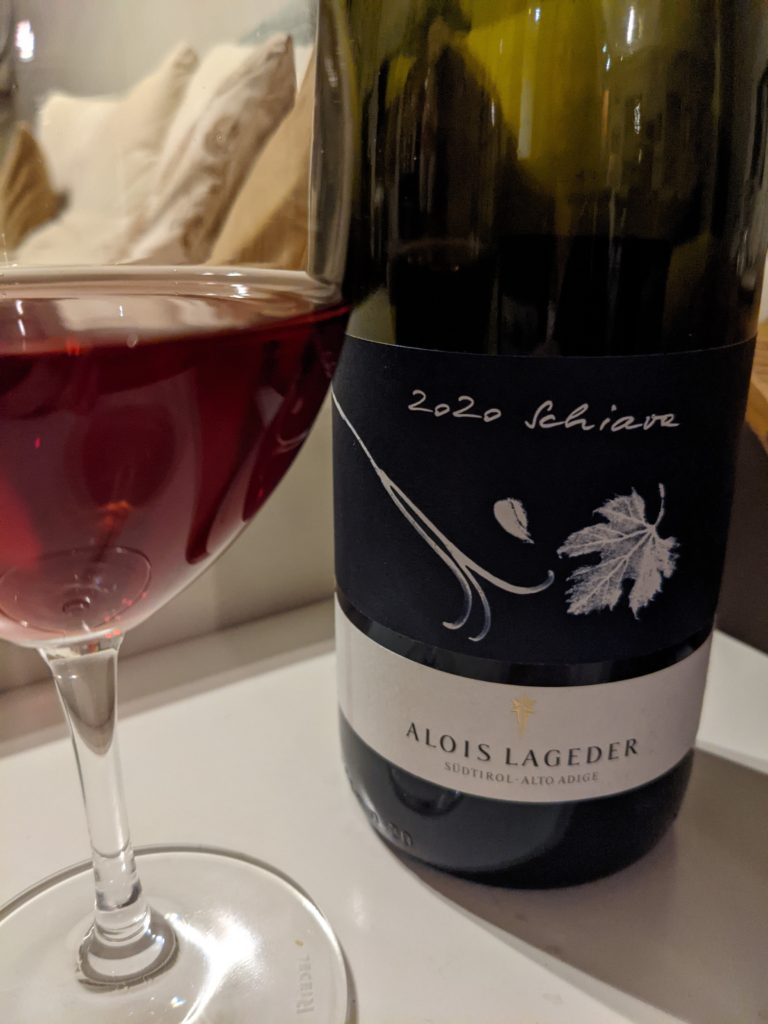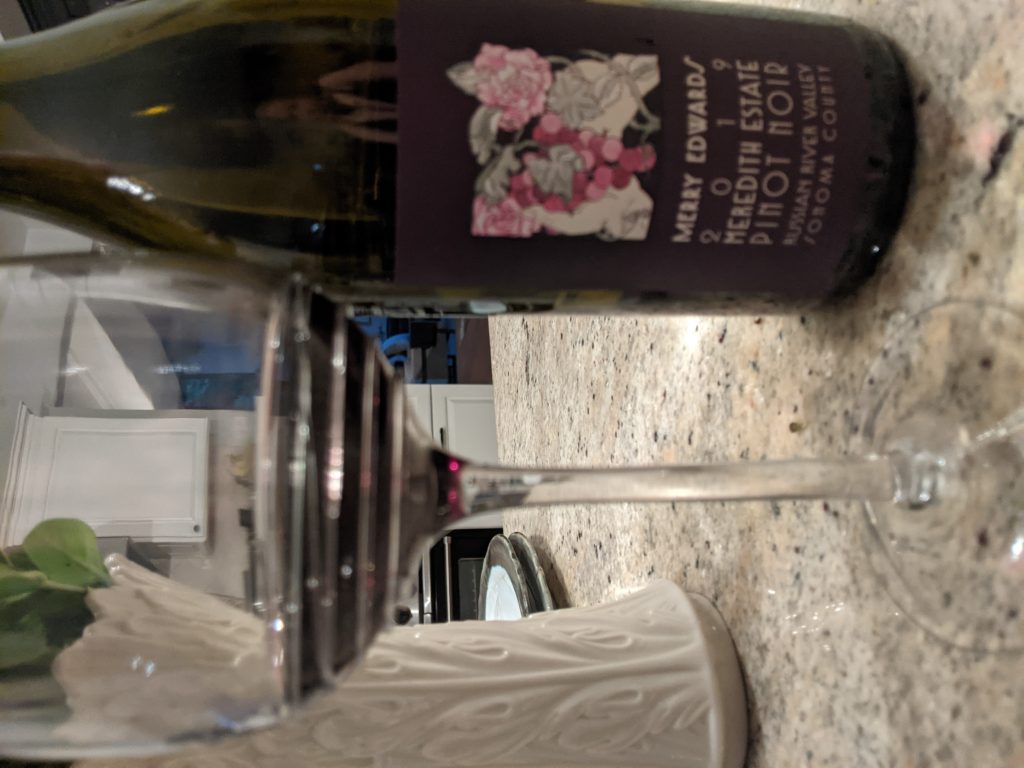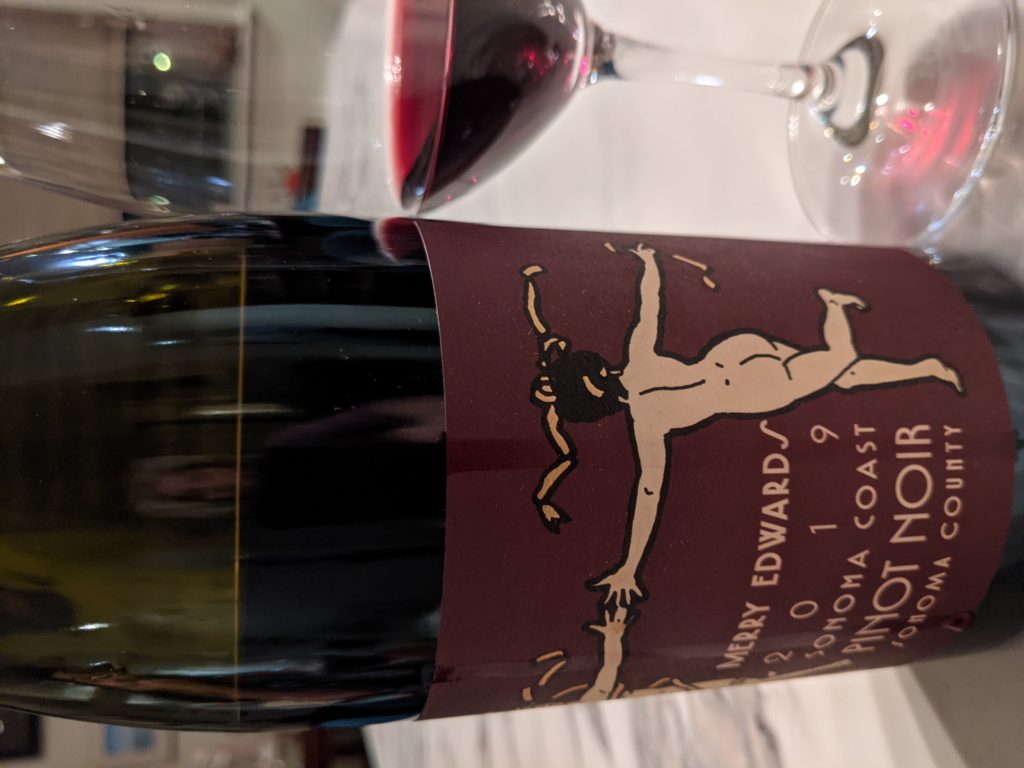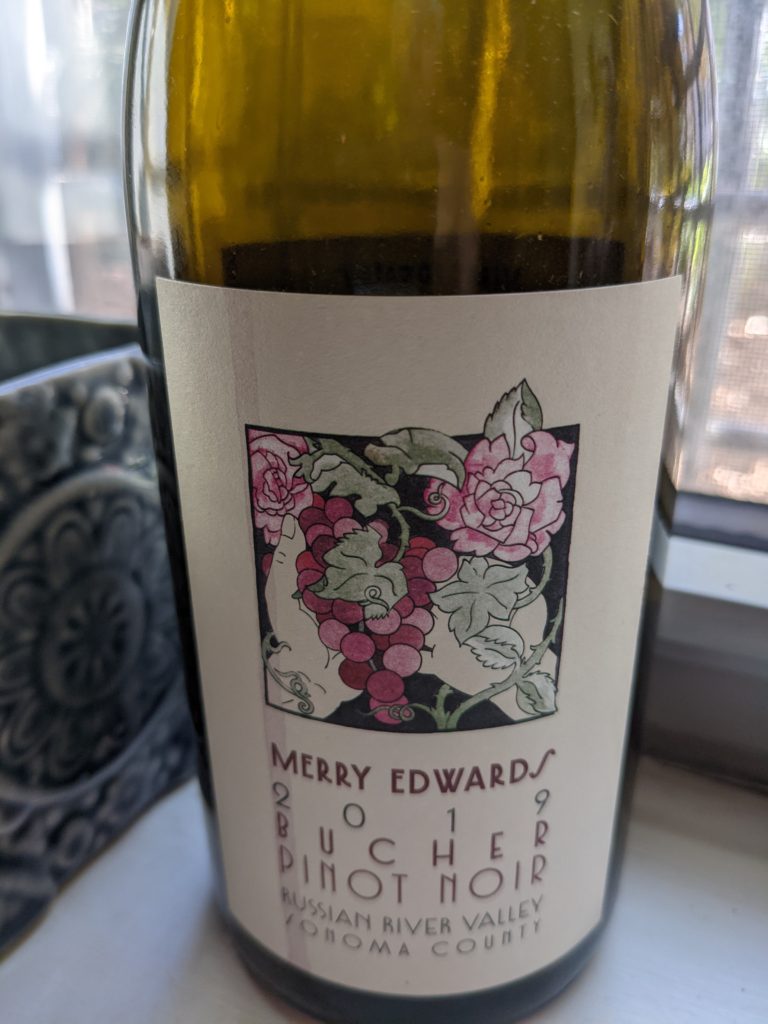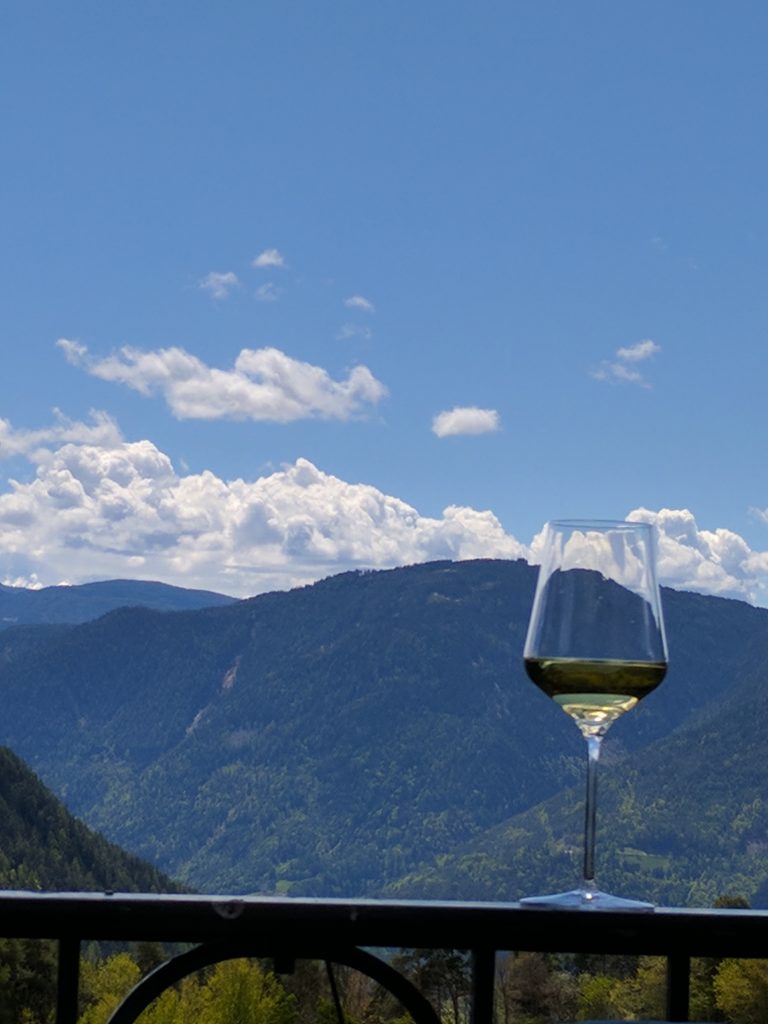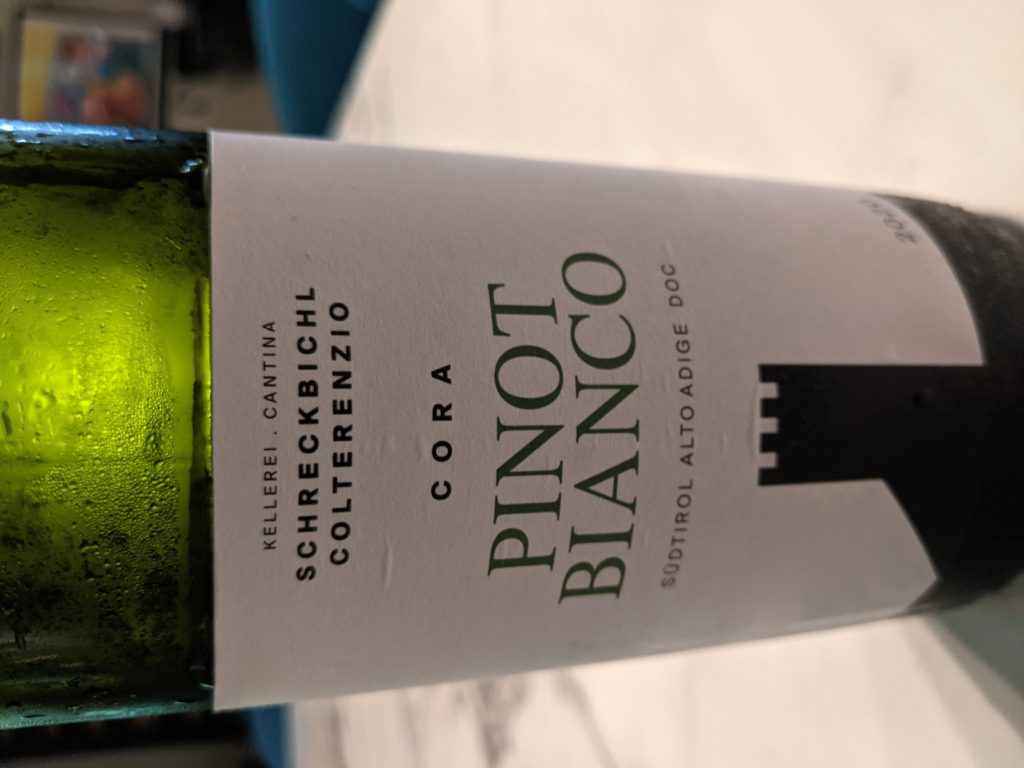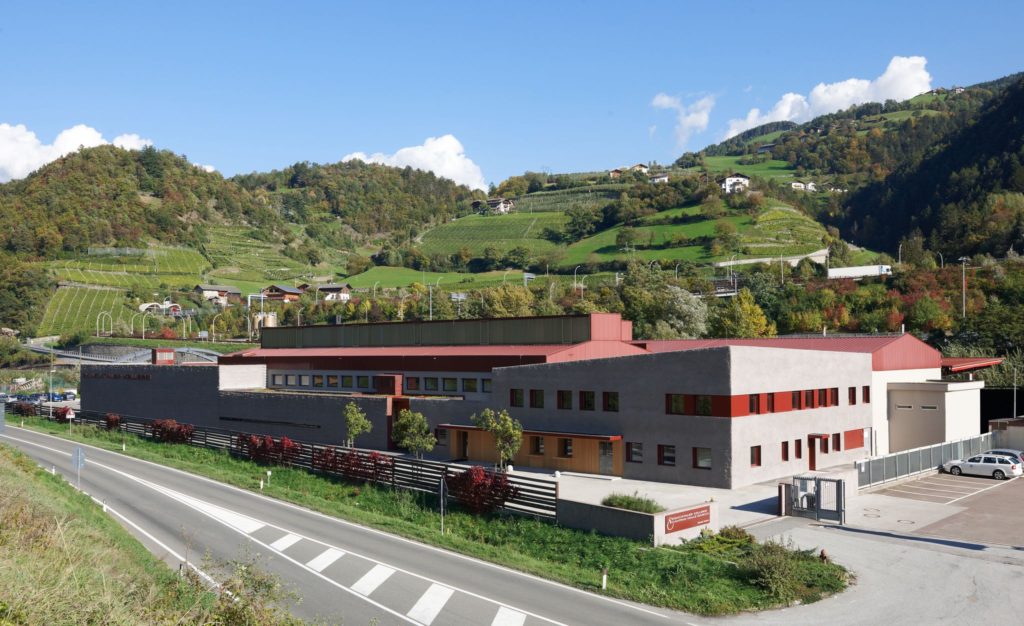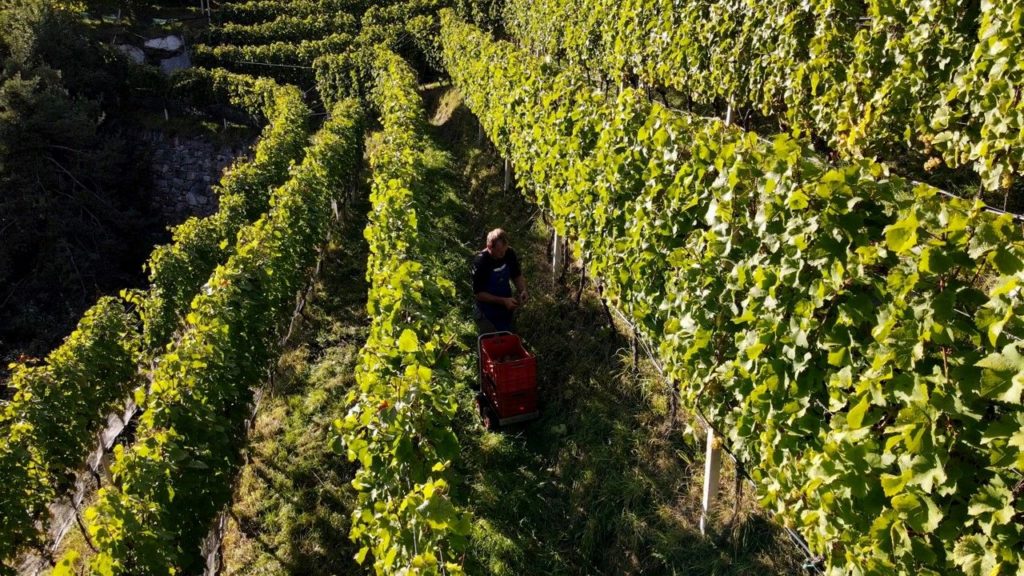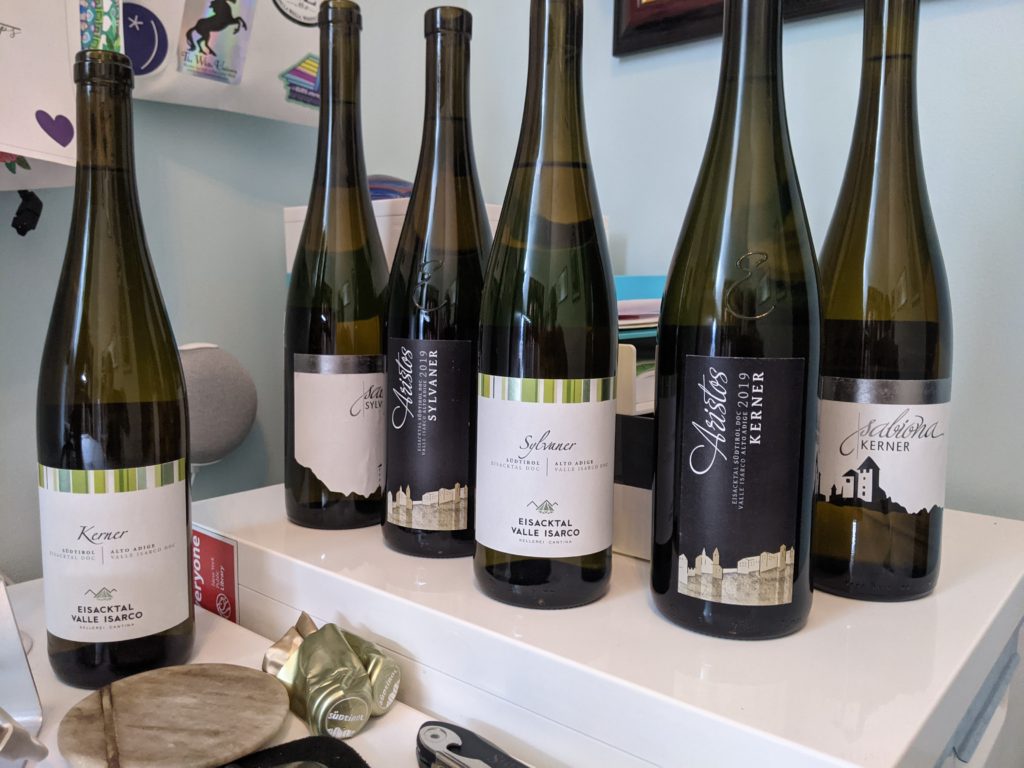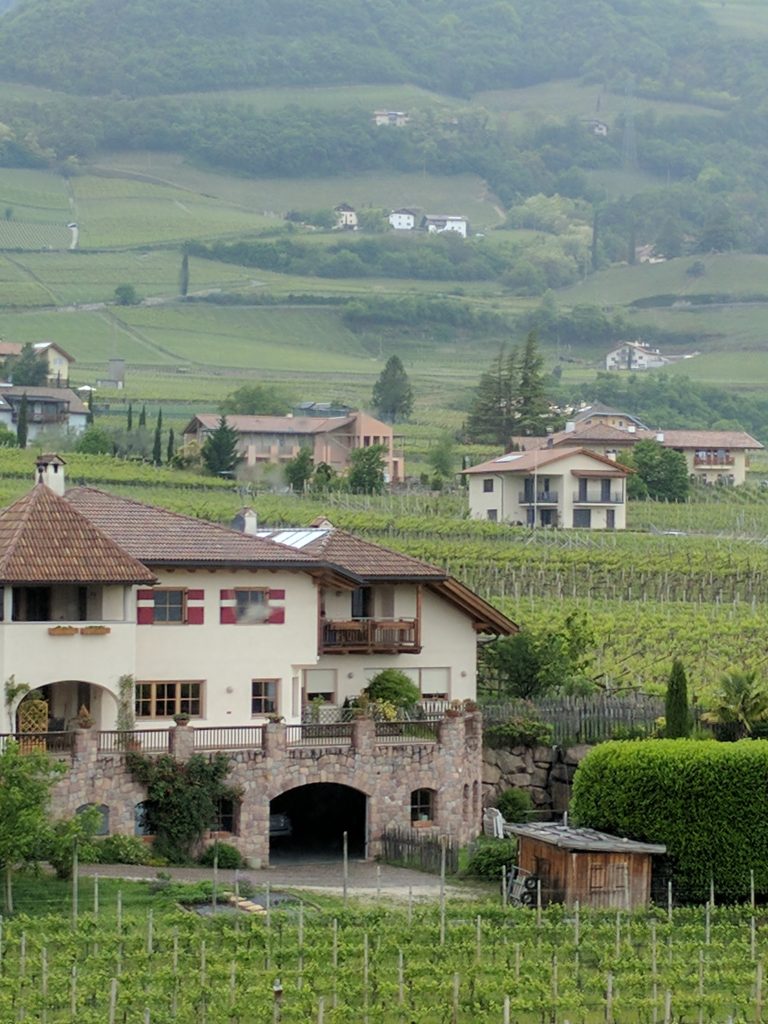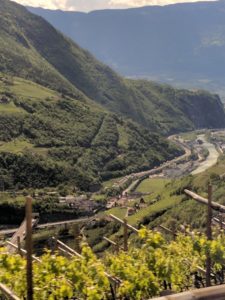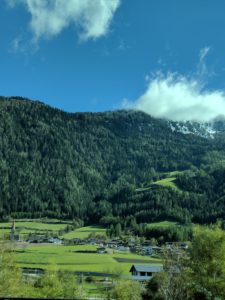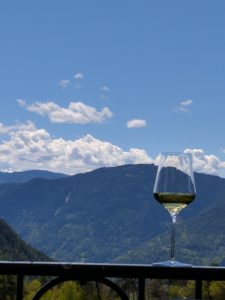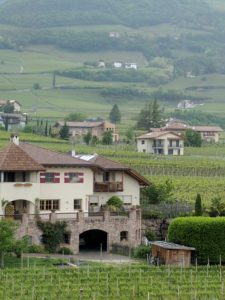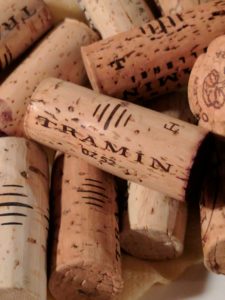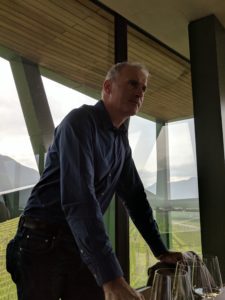
What’s in your glass? If you answered Merlot or Chardonnay, you’re only half right. The truth is that wine is a product of grapes and place (and to a slightly lesser extent, people), so what’s in your glass also includes where the grapes were grown and how those who made the wine chose to interpret them.
When I taught consumer wine classes on a regular basis, I used to have my “Great Grape” series, which I affectionately referred to as “Same Grape, Different Neighborhood”. In each class, I guided the group through a selection of wines all produced from the same grape variety (i.e. Chardonnays or Merlots), but which had been grown in different places around the world. The intention was to familiarize them with the general characteristics of a given grape, while providing them with concrete evidence of how climate, soil and winemaking techniques ultimately impacted the finished wine.
So I was extremely excited when I received the unusual invitation to similarly compare and contrast wines from Italy’s Alto Adige with those from Oregon’s Willamette Valley. I had written about Alto Adige previously, having attended various seminars and also having visited the region, but this was a unique look for sure. The seminar, held at Manhatta Restaurant, was moderated by Laura Williamson, MS and mostly presented by Martin Foradori Hofstatter from Tenuta J. Hofstatter. Davide Ungaro from Cantina Bolzano, Remy Drabkin of Remy Wines and David Adelsheim of Adelsheim Vineyards were also present to share about Willamette and its wines. Overall, the seminar itself was quite technical and, while interesting to the trade, the details of which are likely too mundane to share with the average wine consumer. Yet, it was a wonderful opportunity to use a unique lens to look at two fascinating and fabulous wine regions.
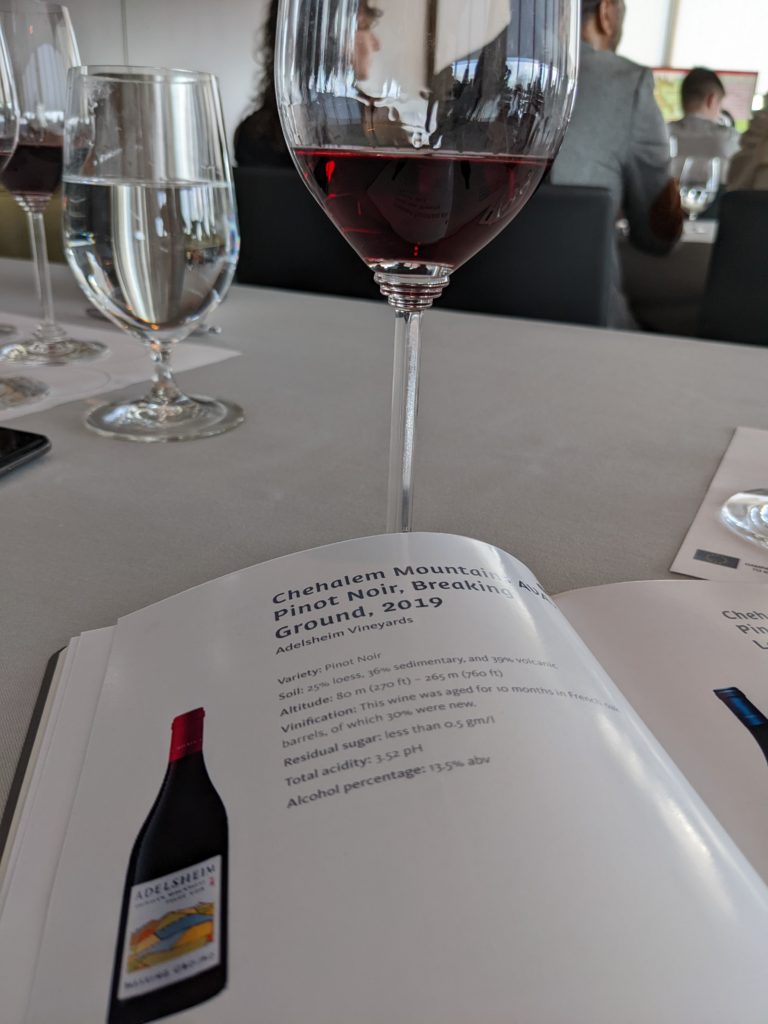
Ultimately, these two winegrowing regions have a lot in common, but, not surprisingly, produce different styles due to the differences underscored during the seminar such as climatic conditions (see chart below). In that vein, fans of one should definitely venture out and try the other. Moreover, they are both equally at home at the table and offer up diversity and a range of styles from which to choose. Love Pinot Grigio? Enjoy Alto Adige’s options tonight and Oregon’s tomorrow. No need to get stuck in a vinous rut.
At the end of the day, it’s all about high quality wines made by real people who are focused on understanding their land to craft the very best wines from it.
BY the NUMBERS…
Comparing & Contrasting Top Grapes by Region
| Alto Adige | Willamette Valley |
| #Pinot Grigio | ^Pinot Noir |
| Gewurztraminer | #Pinot Grigio |
| *Chardonnay | *Chardonnay |
| Pinot Bianco | Riesling |
| Sciava | Etc. |
| ^Pinot Noir | |
| Etc. |
TASTING NOTES
Seminar Wines
Cantina Tramin Unterebner Pinot Grigio 2020, Alto Adige DOC
Rich nose, minerality, tangerine, dry, yet rich, ripe fruit, medium+ body, citrus, long length, (rich and concentrated).
Remy Wines Fischerman’s Pinot Gris 2021, Yamhill-Carlton, OR
From grapes sourced from the Walker Vineyard, on ungrafted vines, with notes of smoke, higher acidity, fresh, medium body, long length (lovely and fresh).
Cantina Terlano Pinot Bianco 2019 Vorberg, Alto Adige
Medium to full bodied, with medium acidity, red apple, slight citrus, and a hint of wood in the undercurrent. Long length.
Adelsheim Vineyards, Staking Claim Chardonnay 2019, Chehalem Mountains, OR
Austere and elegant, with medium body, medium+ acidity, minerality, citrus and slight green apple, barely perceptible oak, and a slight reductive note.
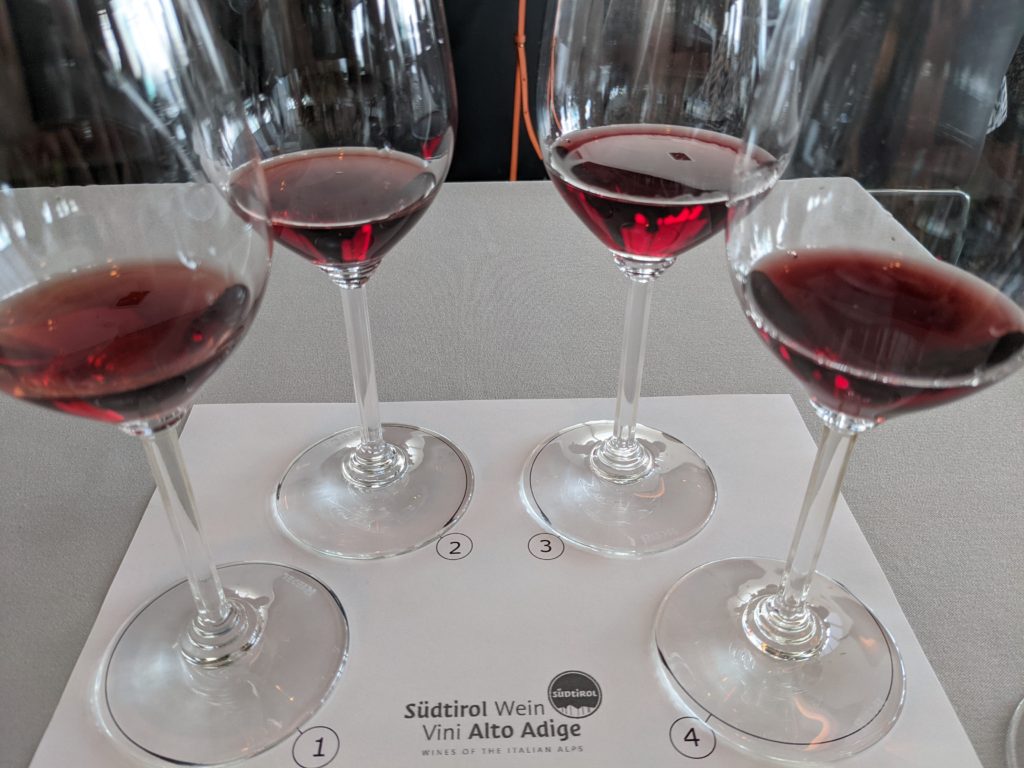
Castel Juval Unterortl Pinot Nero Riserva 2018, Alto Adige Val Venosta
From the most northly Pinot Noir vineyards of Alto Adige, this wine has aromas of cherries and fresh and dried herbs. Dry and fresh, with medium body, very herbal in undercurrent, earthy in the finish, with long length.
Tenuta J. Hofstatter Pinot Nero 2017, Alto Adige Barthenau Vigna S. Urbano
Sourced from older parcels planted in 1962 and 1990, notes of earth, darker cherries and a hint of wood greet the nose. Fresh, fruit driven, with a slight herbal hint in the finish. This is a lighter style wine with lighter body but still good concentration of fruit.

Adelsheim Vineyards, Breaking Ground Pinot Noir 2019, Chehalem Mountains, OR
This wine is blend of grapes grown on three different soil types in an effort to figure out how to make great wine. Of the two Adelsheim Pinots, this one is less ripe, with cherries and orange peel aromas. Dry, with medium acidity, medium body, cherry, herbs, and long length.
Adelsheim Vineyards, Quarter Mile Lane Vineyard Pinot Noir 2018, Chehalem Mountains, OR
This wine is more ripe, with a sweeter, jammier red fruit nose. The palate offers up riper fruit of rich cherries and spice with fuller body, and long length.
The Lagrein variety is related to Pinot Noir, but not sure of total origin, grape with lots of acid and aggressive tannins.
Cantina Bolzano Lagrein Riserva 2018 Taber Alto Adige
This is a single vineyard wine, which underwent two years of aging, one of them in oak. It has an intense nose of black fruit and floral, with firm, medium++ tannins, medium+ body, and flavors of intense, concentrated candied violets and blueberry, culminating in long length.
Peter Zemmer Lagrein Riserva Furggl 2018, Alto Adige
As a Riserva wine, this wine also spent two years aging, with six months in large oak vessels and 12 months in barriques. This wine has aromas of smoke and black fruit, and is more tannic with fuller body than the Cantina Bolzano Lagrein.
Remy Wines, Lagrein 2019, Dundee Hills, OR
In addition to making wine from traditional Oregon varieties, Remy also focuses on those from Northern Italy, including Lagrein. Hers is floral, with tart cherry fruit, and oak notes, and full bodied with firm tannins.
Additional Wines Served with Lunch (more limited tasting notes)
With the First Course: Snap pea panzanella with grapefruit and pink peppercorn
- Tenuta J. Hofstatter Barthenau Vigna S. Michele Pinot Bianco 2020 – tree and stone fruit
- Nals Magreid Punggl Pinot Grigio 2019 – good acidity, fresh, citrus
- St. Paul’s Winery Schliff Sauvignon Blanc 2020 – with a very herbal nose and long length
- Elena Walch Vigna Kastelaz Gewurztraminer 2018 – rich, spice, yellow plum, long length
With the Second Course: Patrami Smoked Salmon, Chicories, Lemon Crème Fraiche
- Abbazia di Novacella Sylvaner 2021 – juicy fruit, very mineral
- Cantina Valle Isarco Aristos Kerner 2021 – stone fruit, apricot
- Castelfeder Burgum Novum Chardonnay Riserva 2018 – elegant, well-integrated oak
- Adelsheim Winery Ribbon Springs Vineyard Chardonnay 2018, Ribbon Ridge, OR – butter, slight, slight development, apple
With the Third Course: Roasted Chicken breast with Yukon gold potatoes, lemon thyme, grilled scallion and Calabrian chile.
- Cantina Bolzano Santa Maddelea Schiava Moar Classico 2020 – fresh, light bodied, cranberry
- Cantina Girlan Trattmann Pinot Nero Riserva 2017 – smoky, herbal, light body, cherry
- Ansitz Waldgries Lagrein 2019 – easier drinking, less tannic
- Remy Wines Jubilee Dolcetto 2019, Eola-Amity Hills, OR – black cherries, herbaceous notes and freshness
COMPARE & CONTRAST by the NUMBERS…
| Alto Adige | Willamette Valley | |
| Farmers | 5,000 | 931 |
| Vineyard Area | 5,600 ha | 11,080 ha |
| Wineries | 274 | 736 |
| Average area per farmer | 1 ha | 12 ha |
| % Total Prodn. | <1% of Italy | 3% of U.S. |
| Organic Viti. | 8% | 48% |
| Altitude | 200-1000 m | 60-335 m |
| Sunshine/yr | 300 days/year | 150 days |
| White Wine Production | 64% | 35% |
| Red Wine Production | 36% | 65% |
| # of Grape Varieties | 20 | 37 |
| Bottles/yr | 40 million | 40 million |
| Longitude | 46′-30″ Bolzano | 45′-12″ McMinville |
| Climate | Warm air currents + cold winds from the mountains | Cooler due to the influence of the Pacific Ocean and Columbia Gorge |
| Geography | Small valley with lots of microclimates | Not a narrow valley; 50 mi wide by 125 mi long |
| Soils | Mostly clay, with some volcanic soils | Marine, sedimentary, volcanic basalt, and loess |

